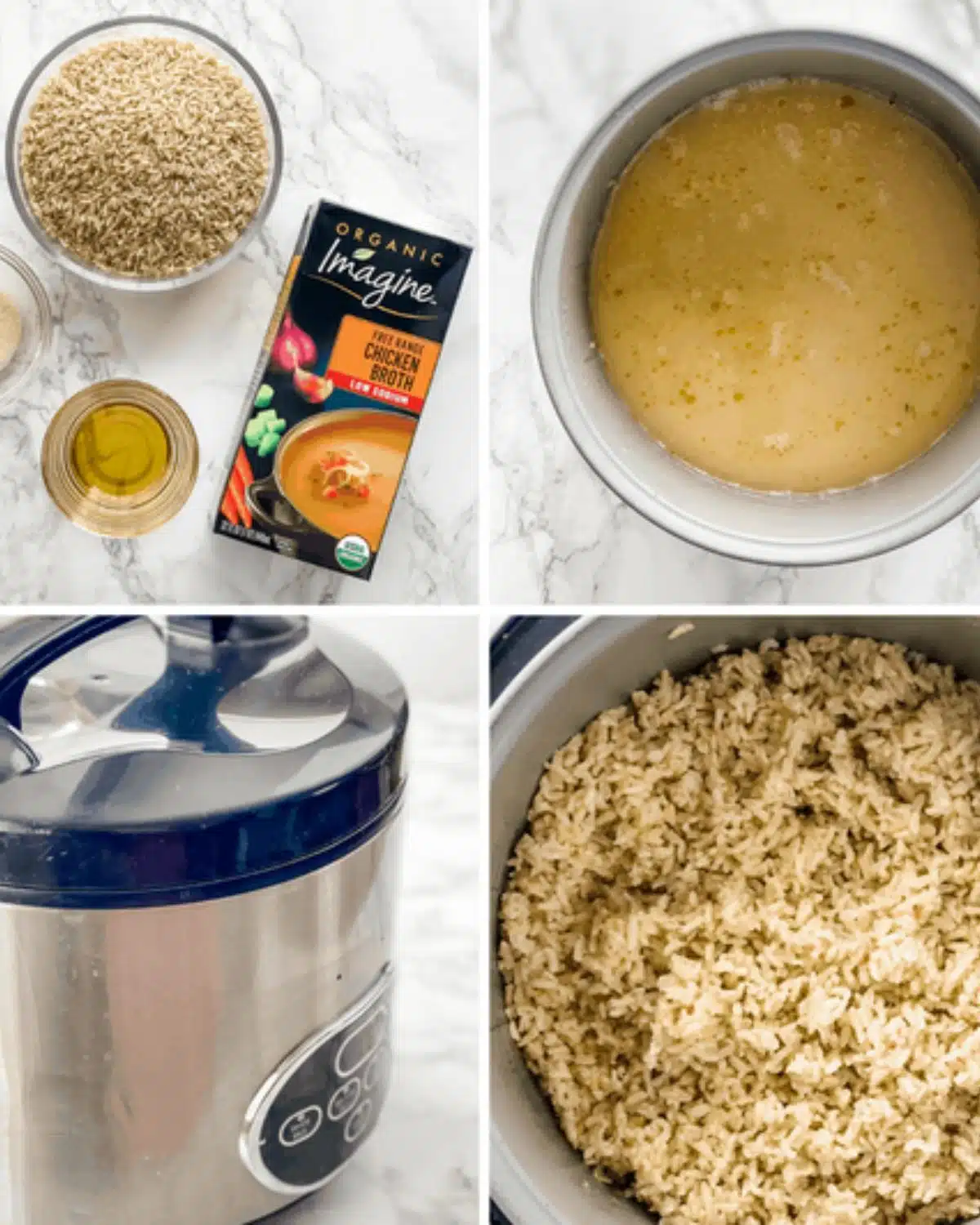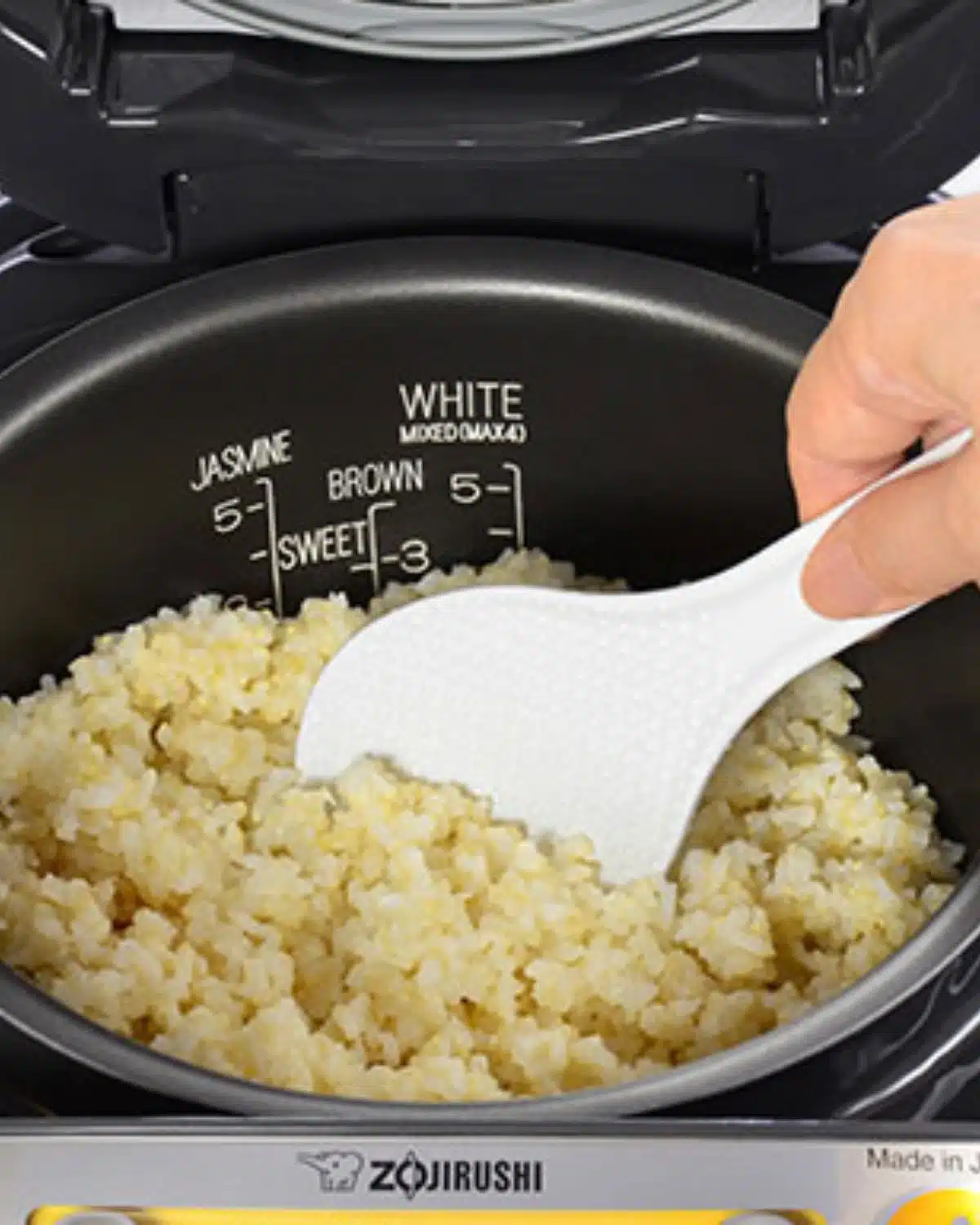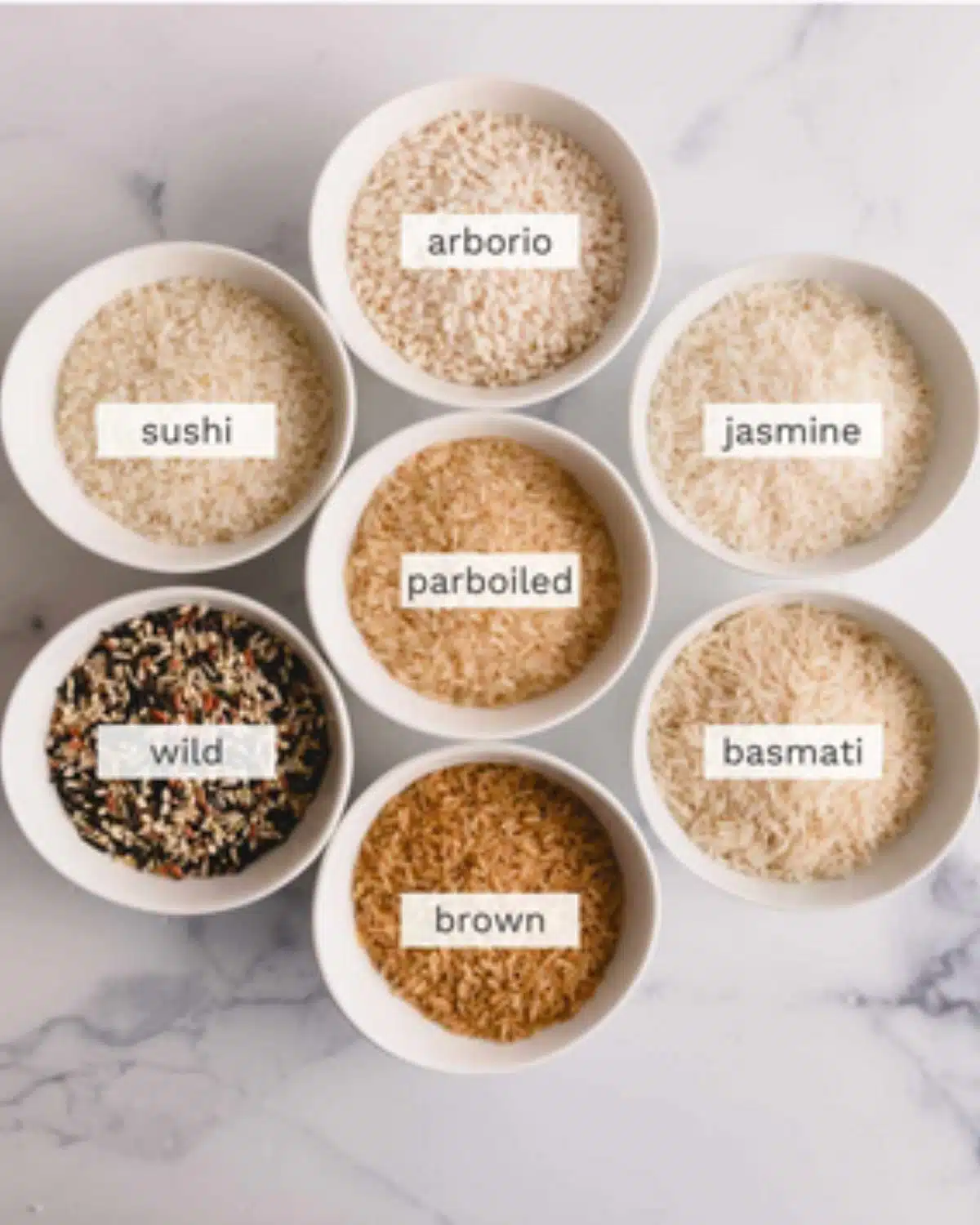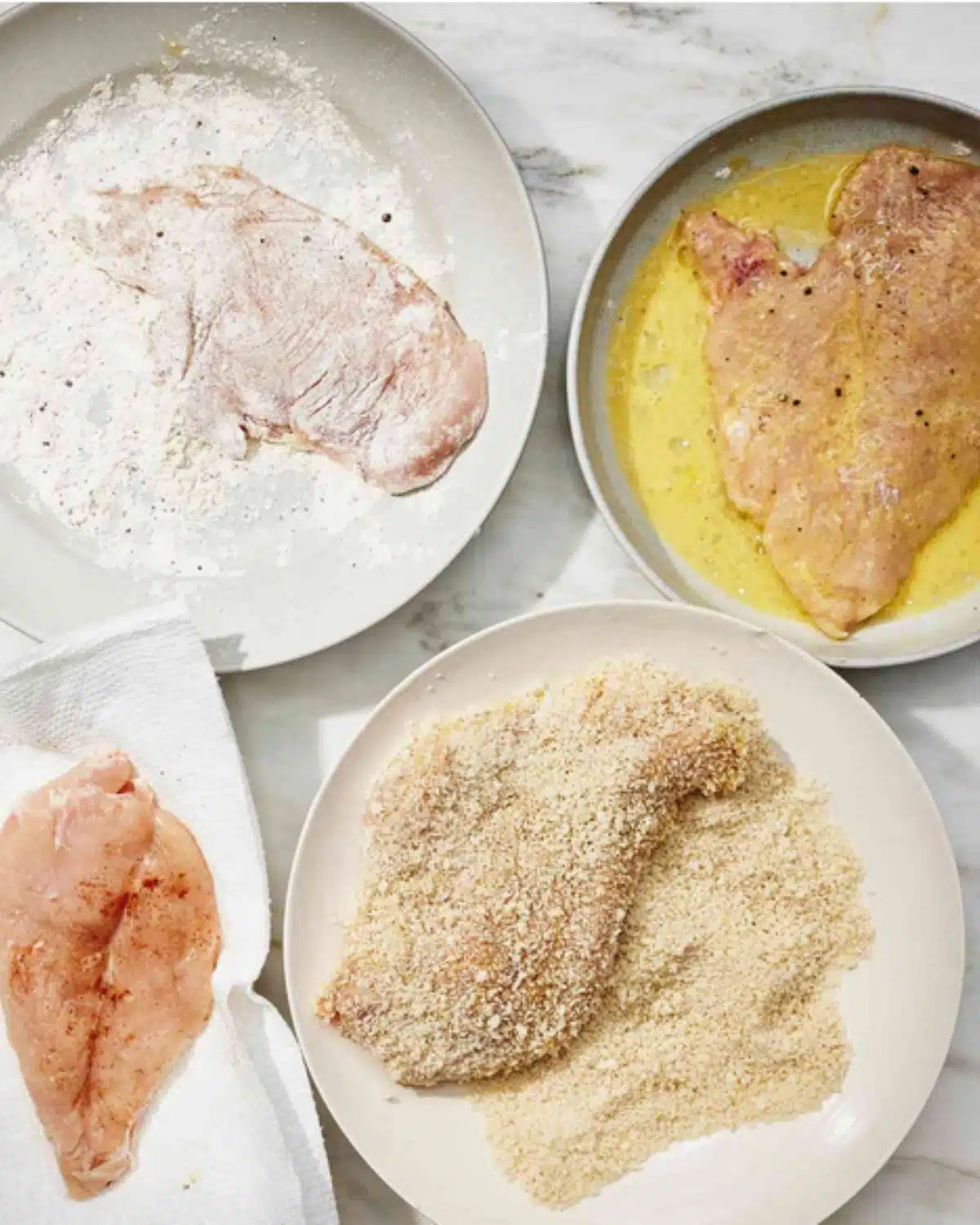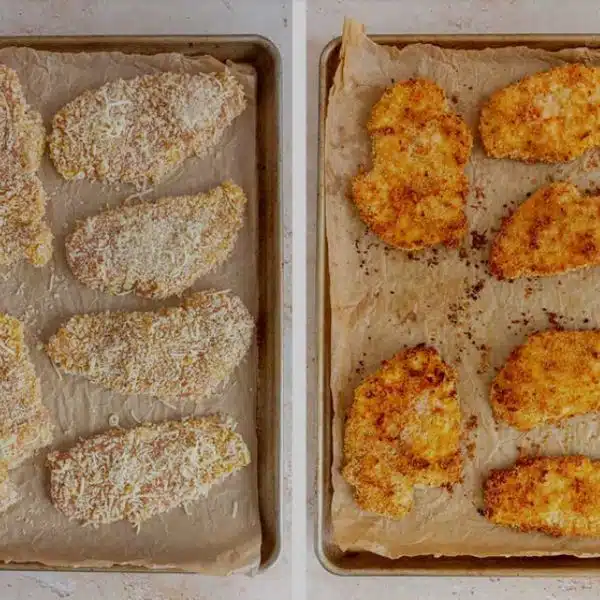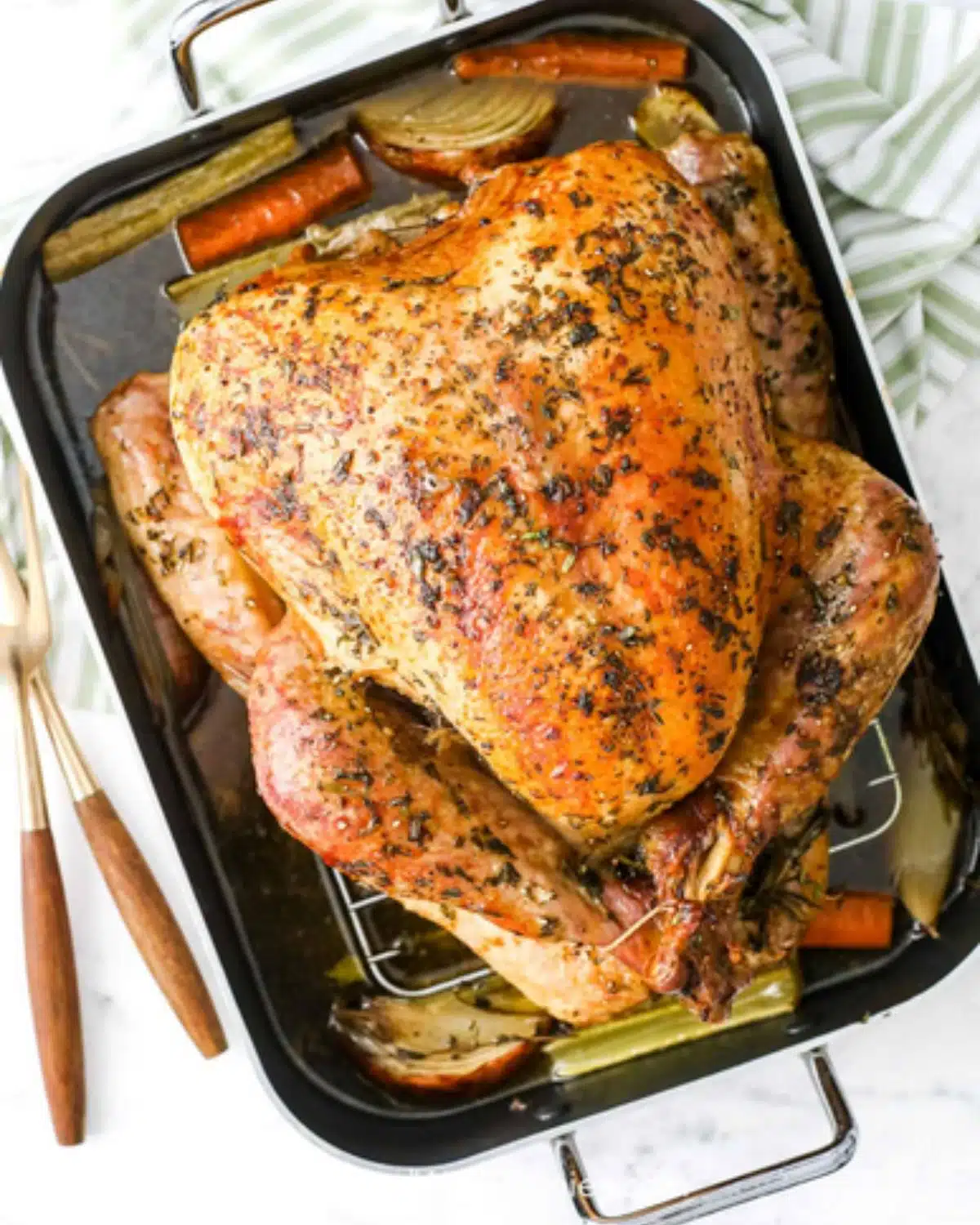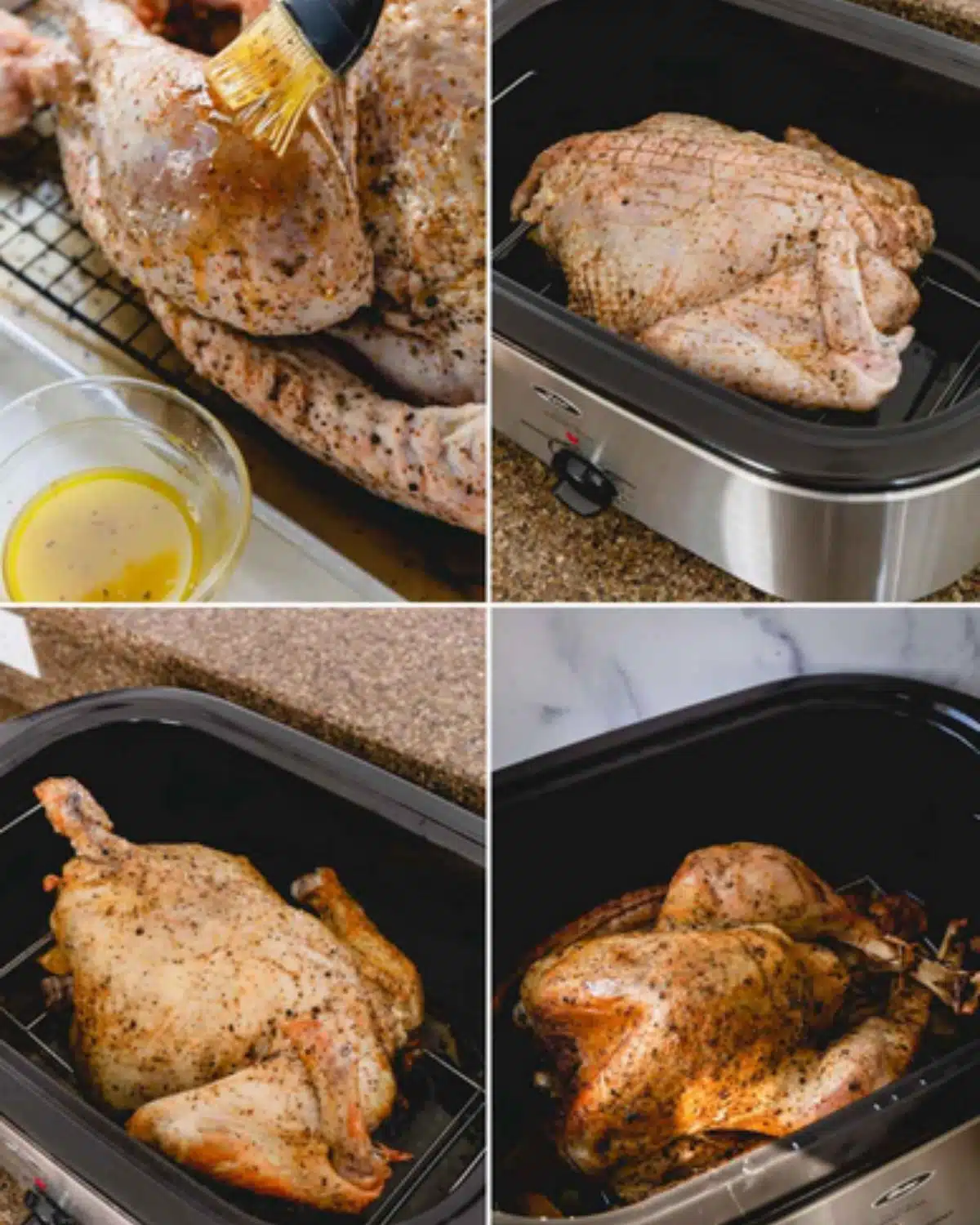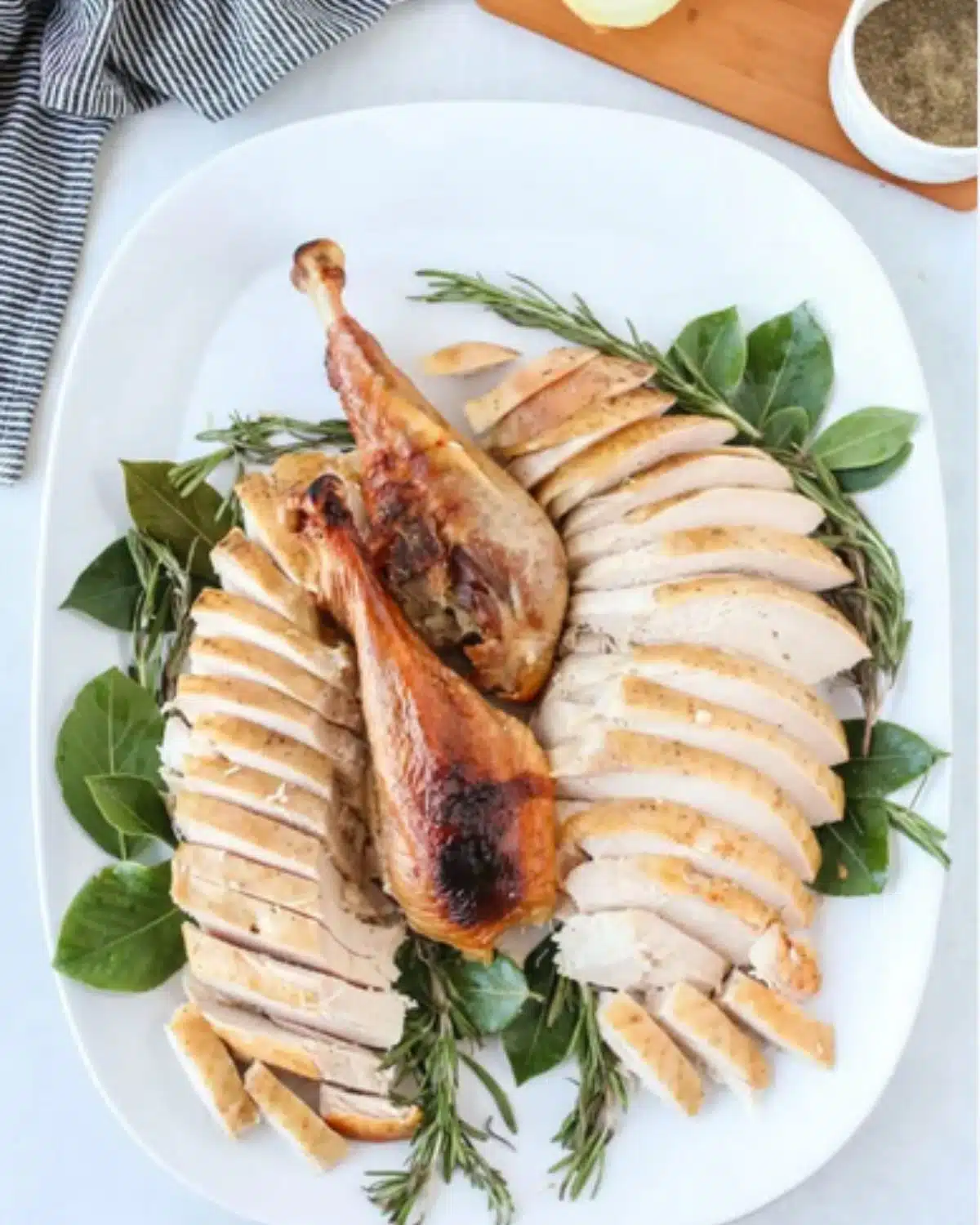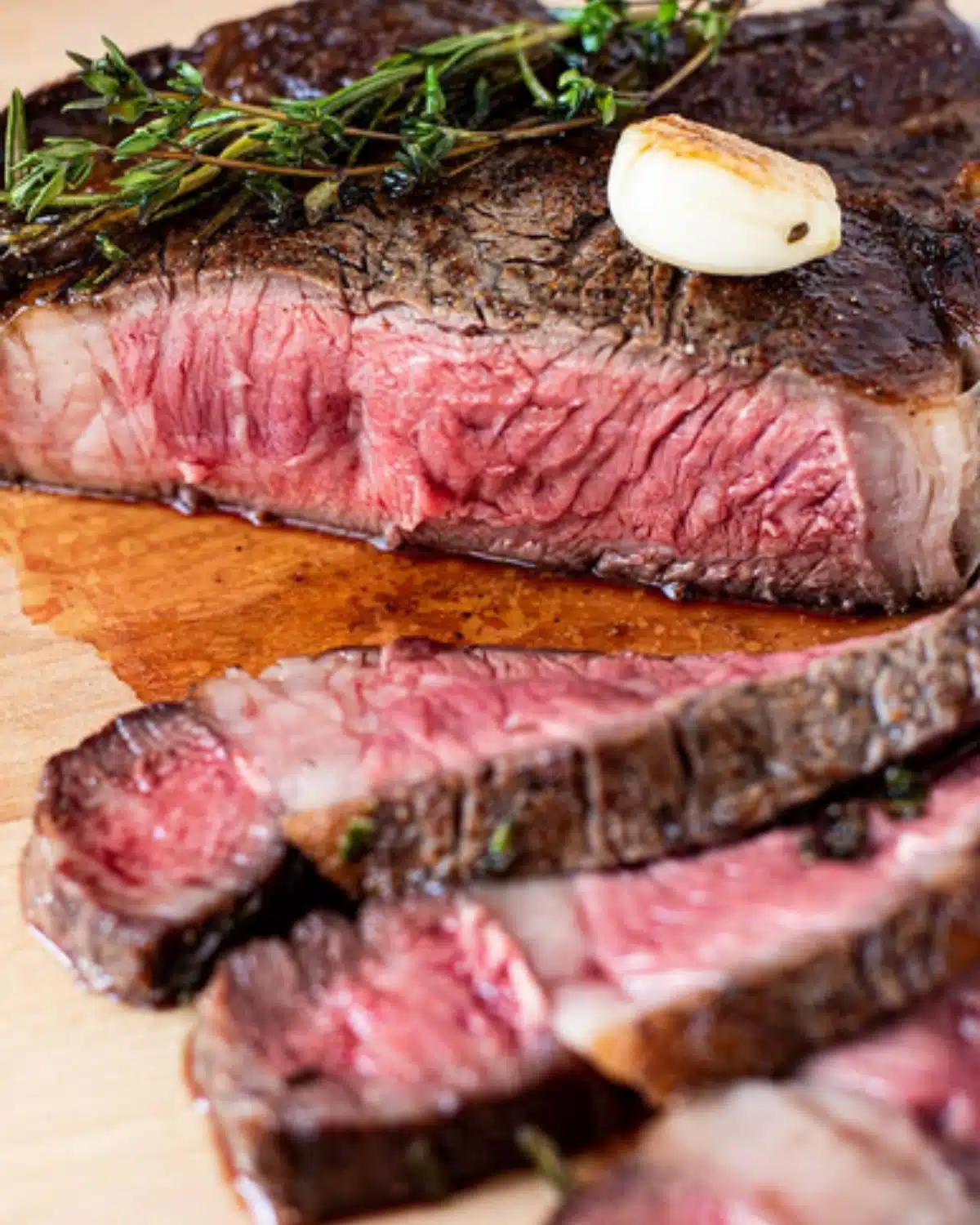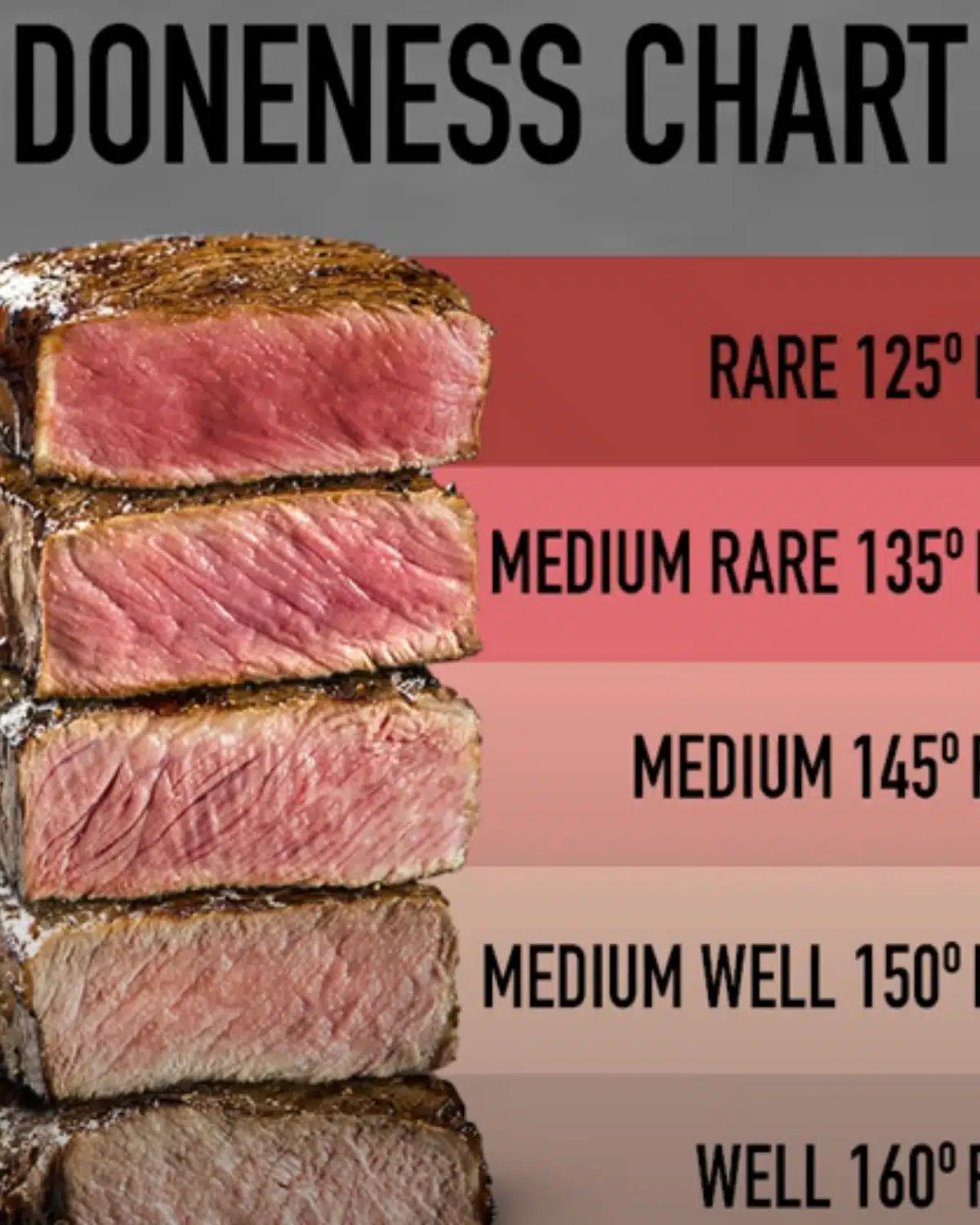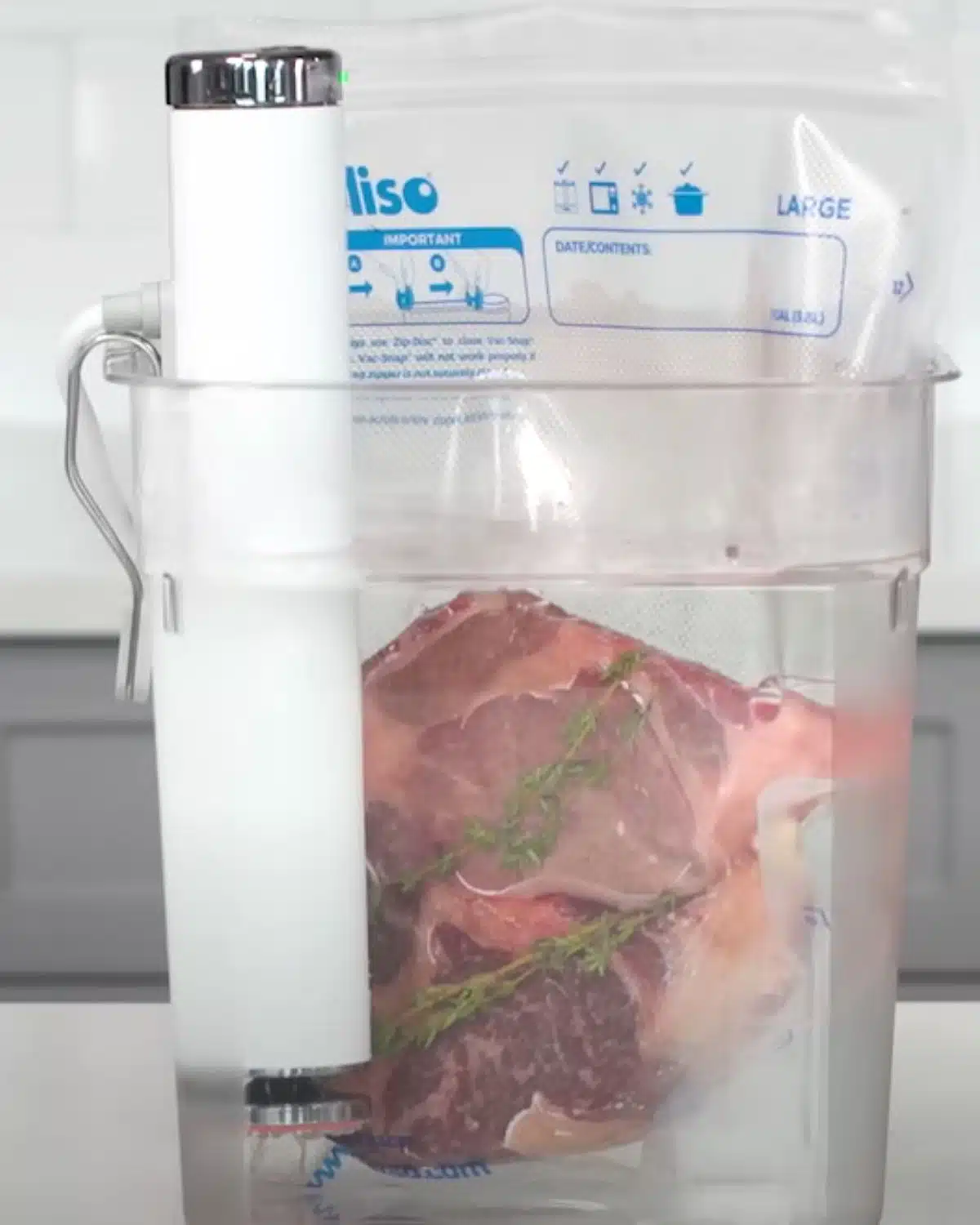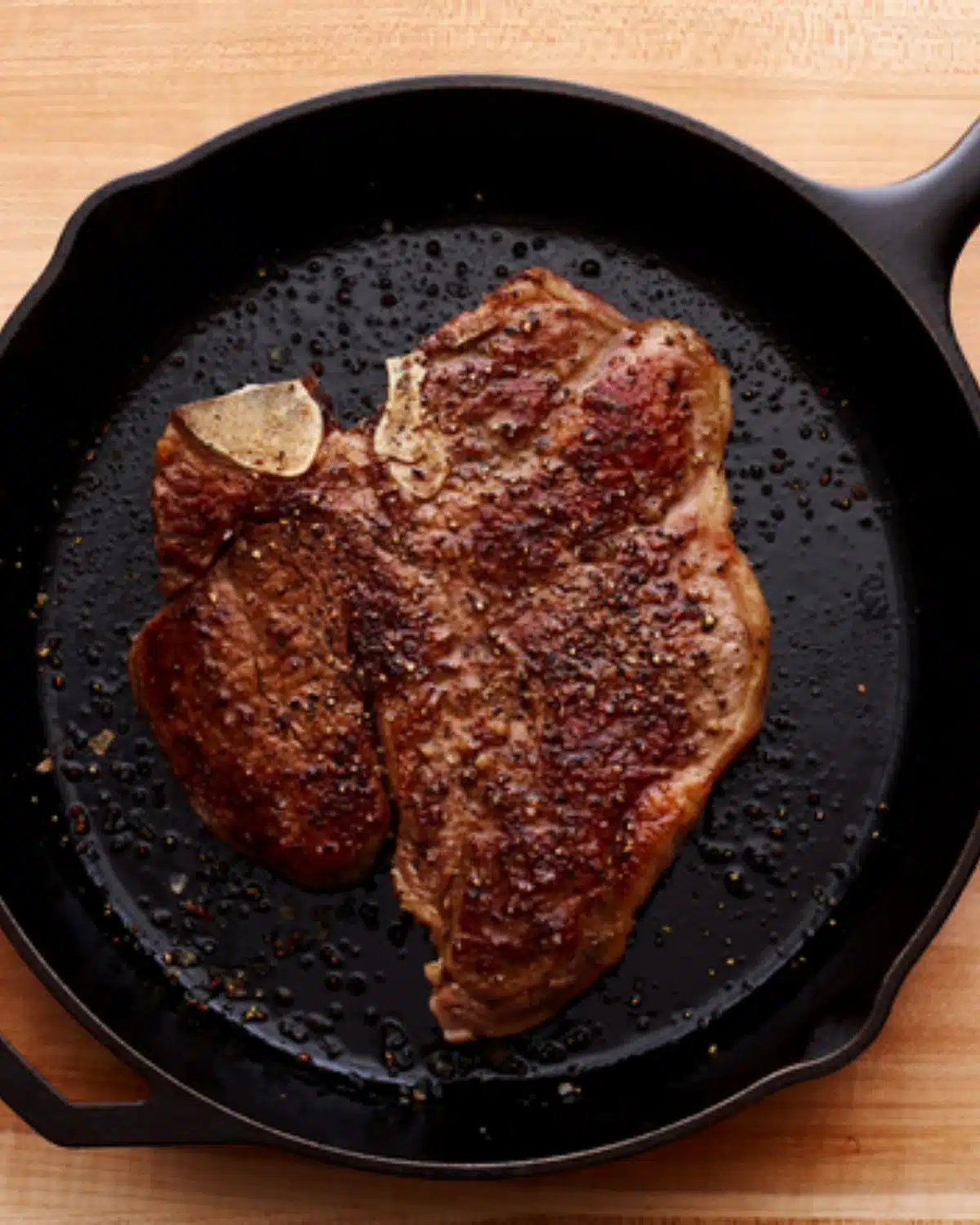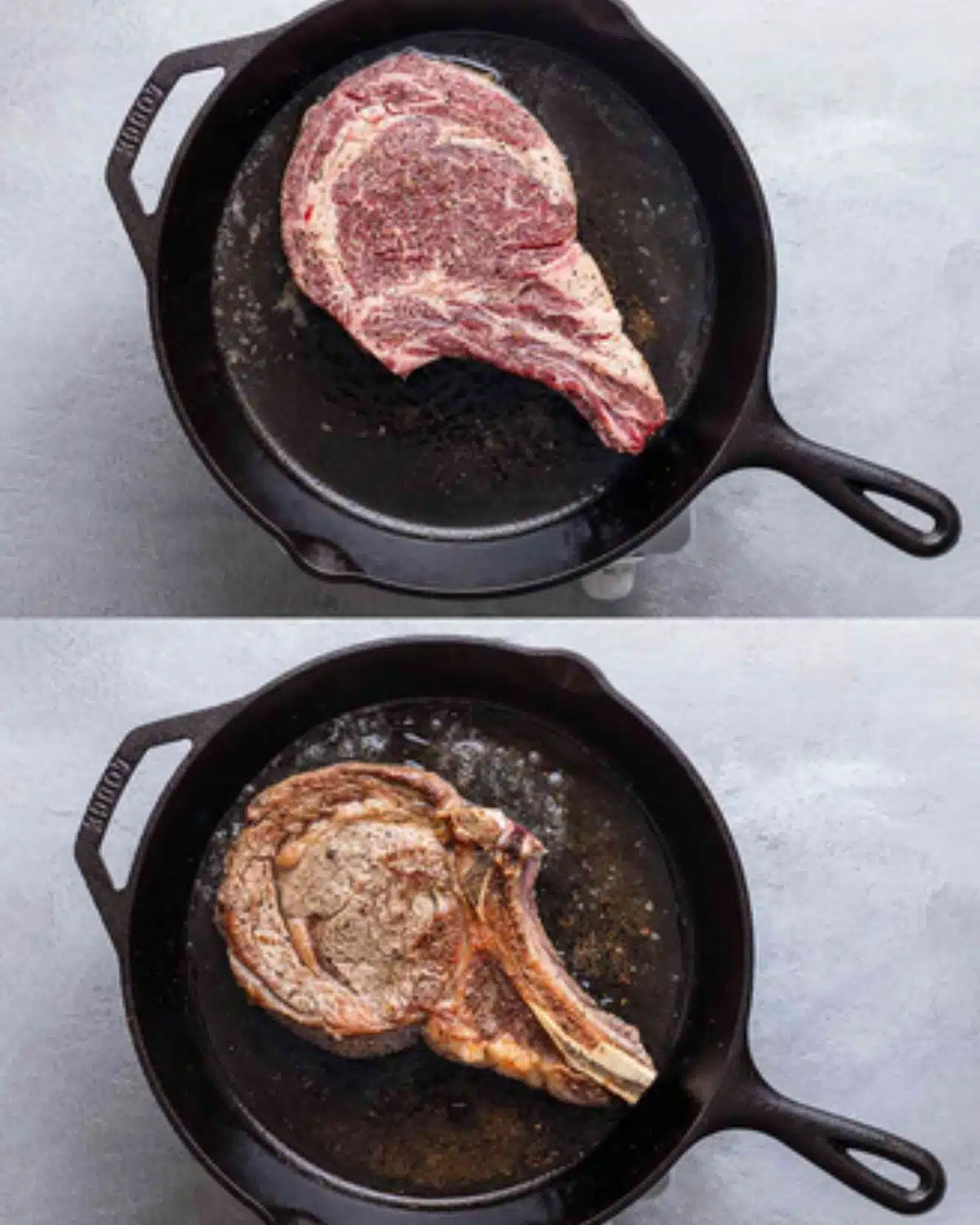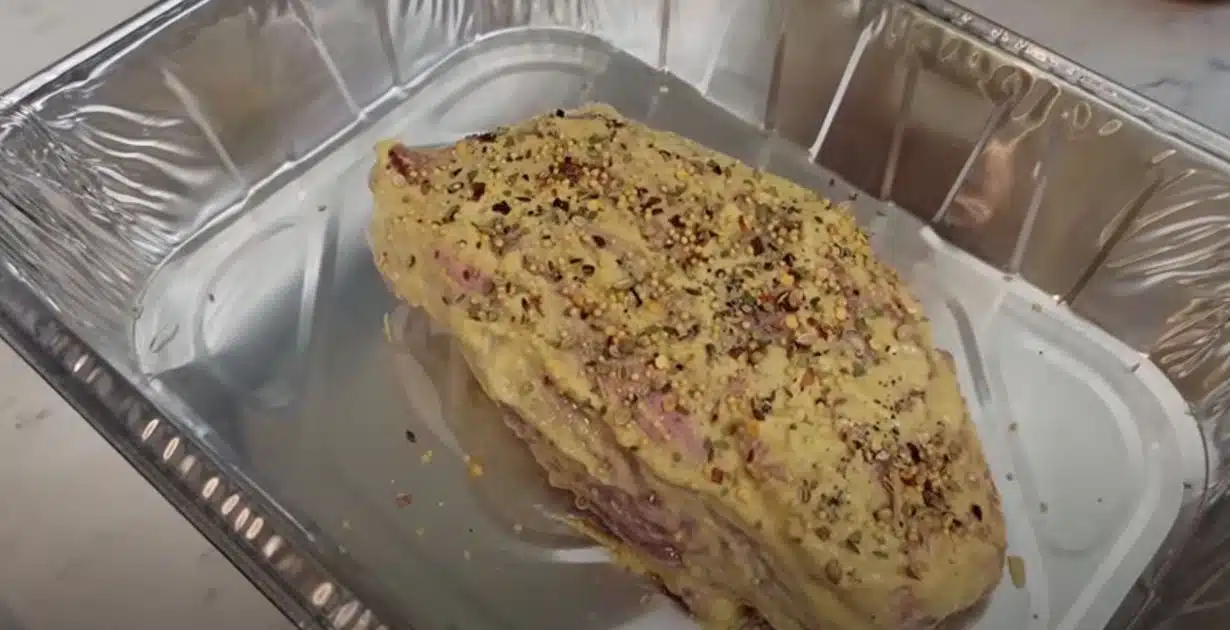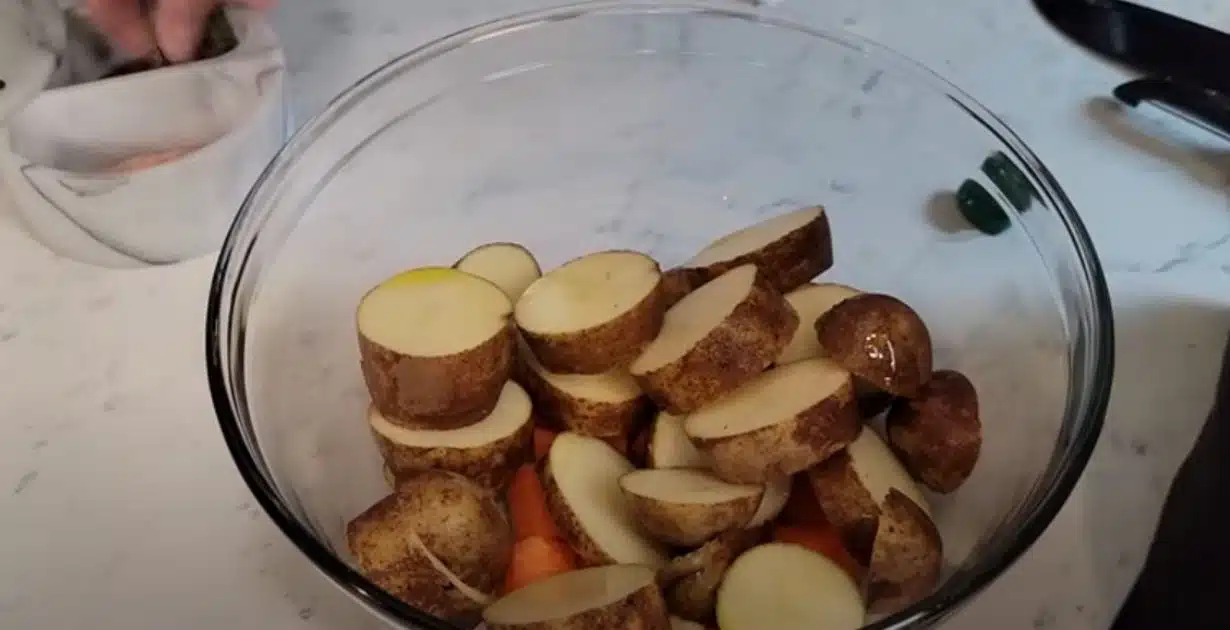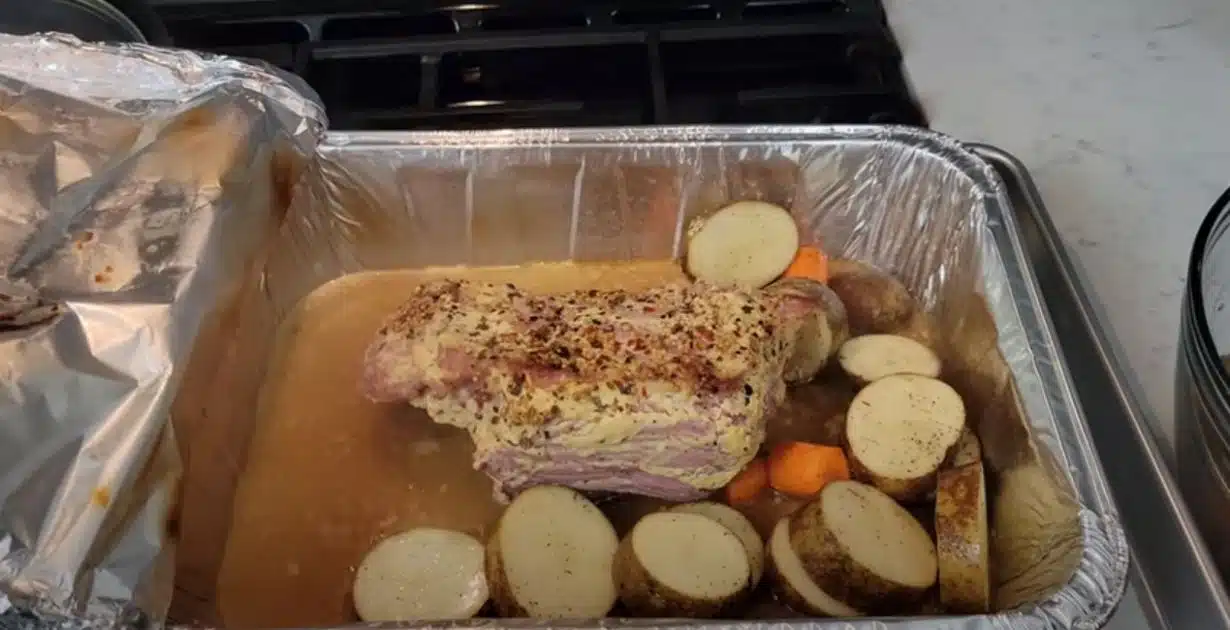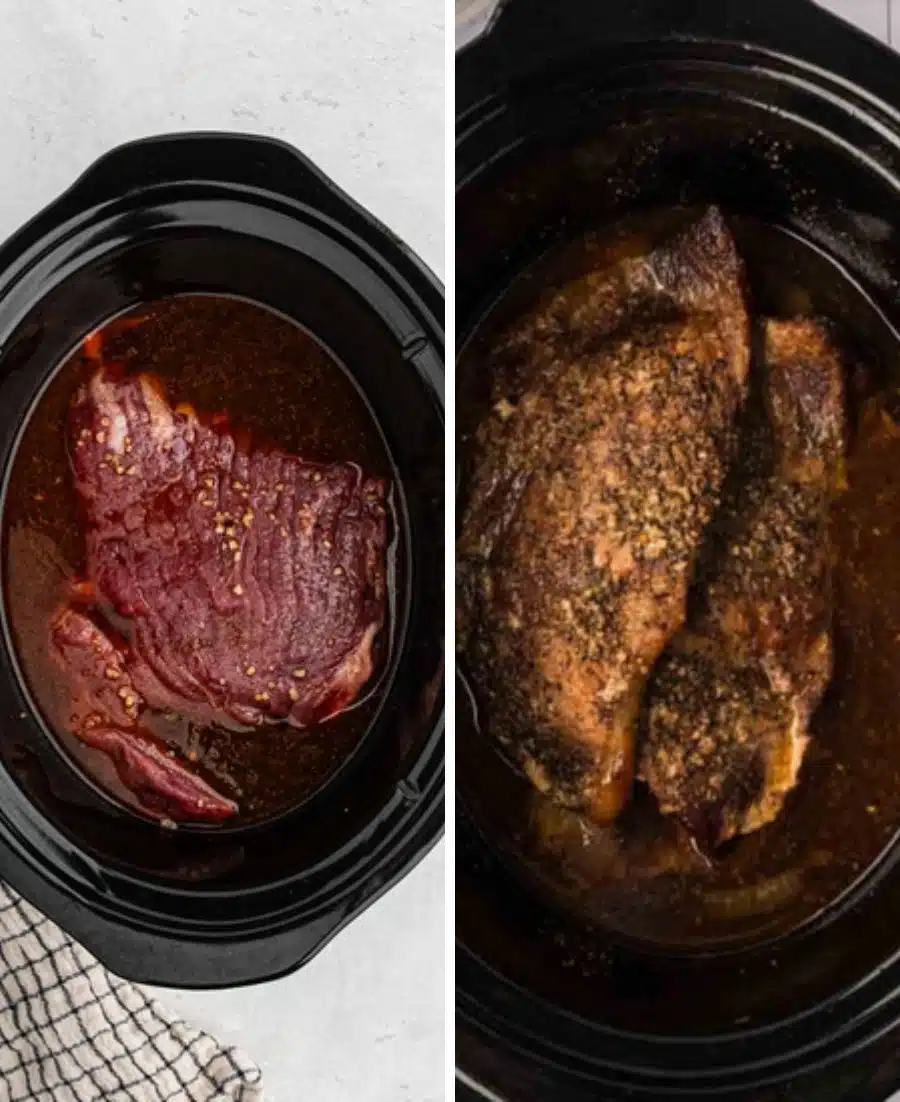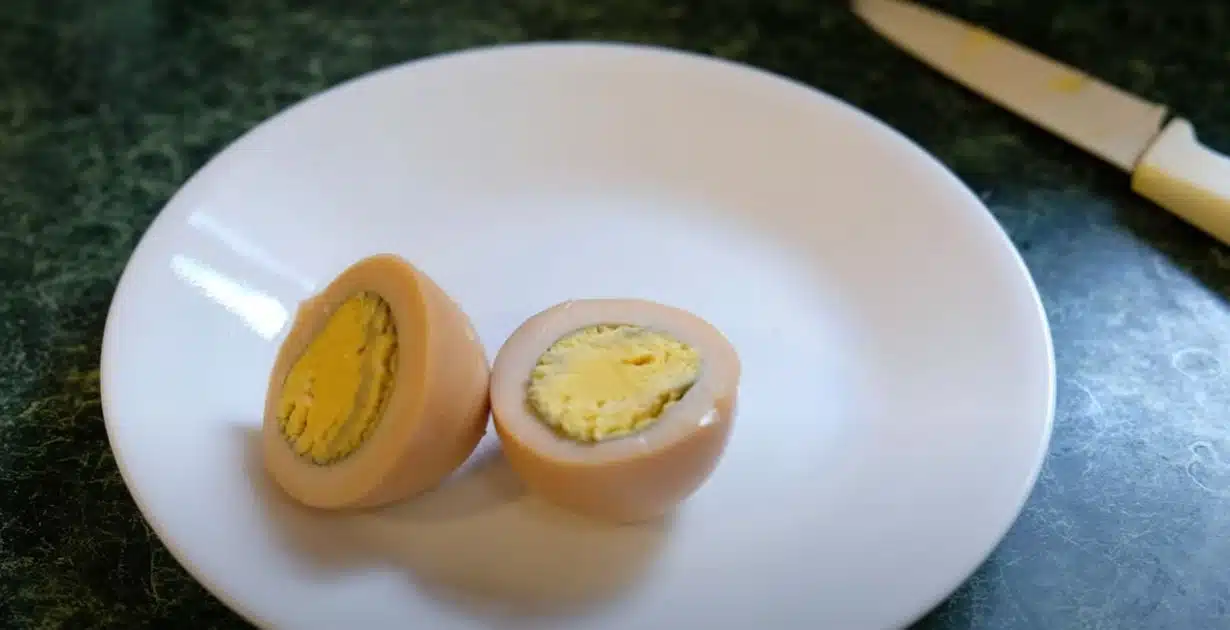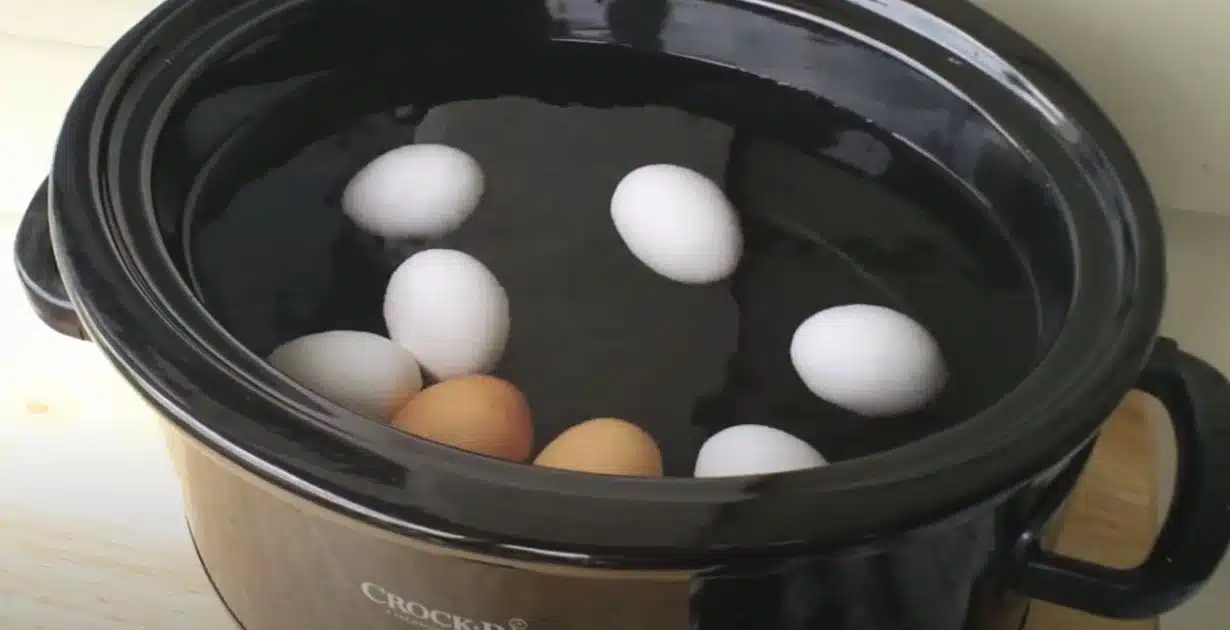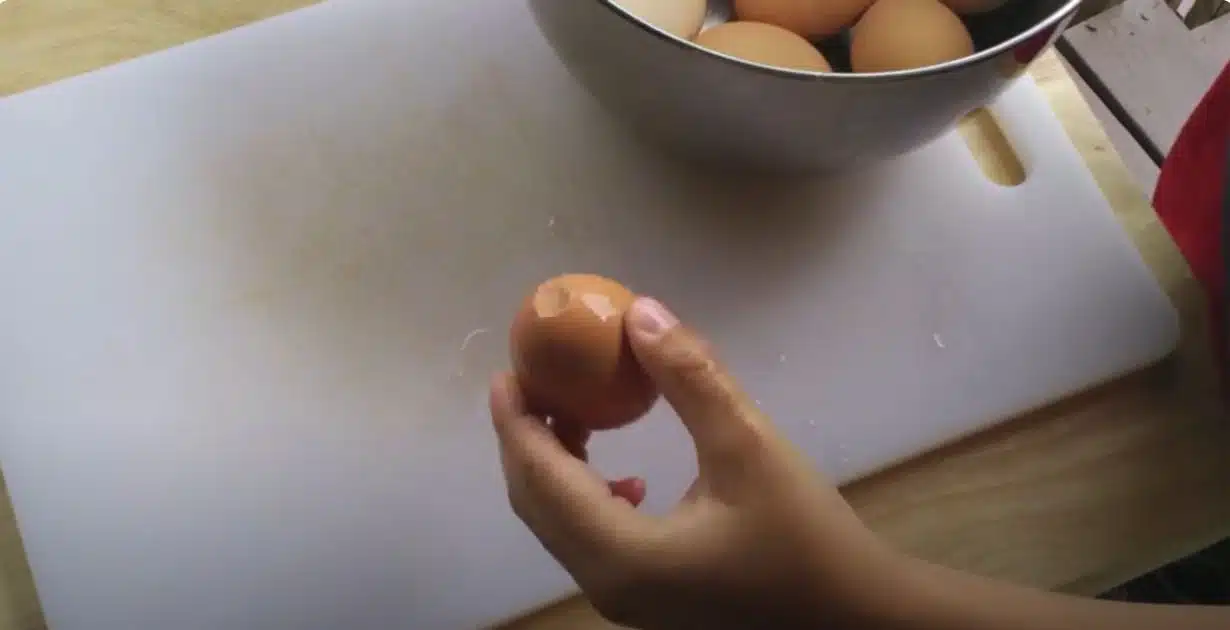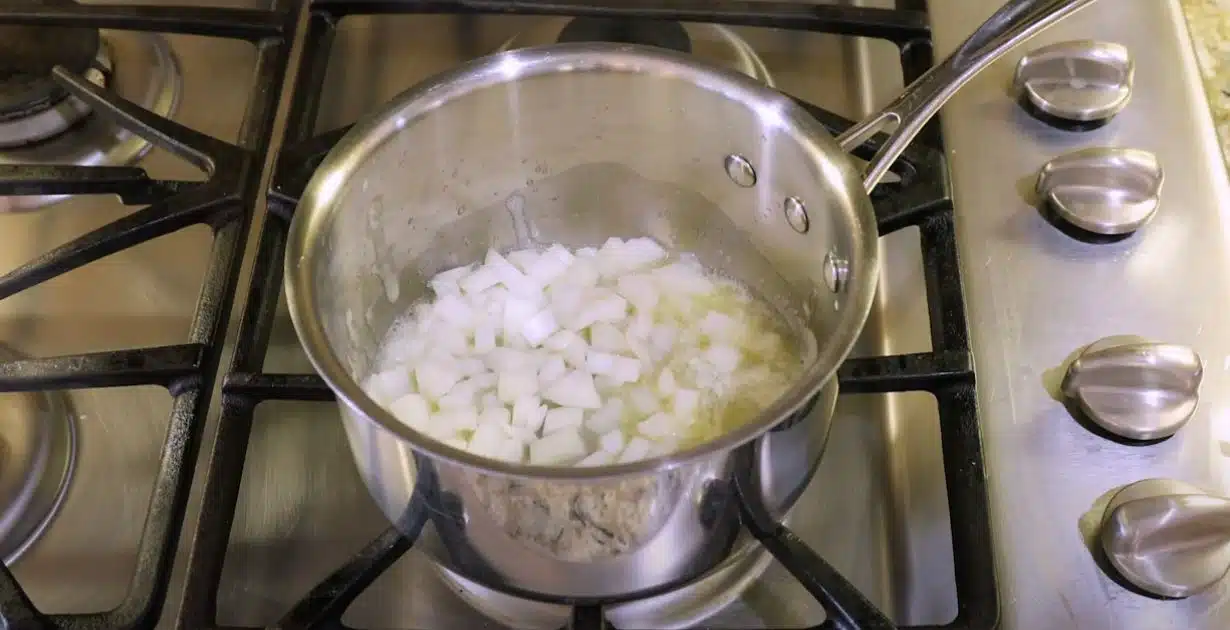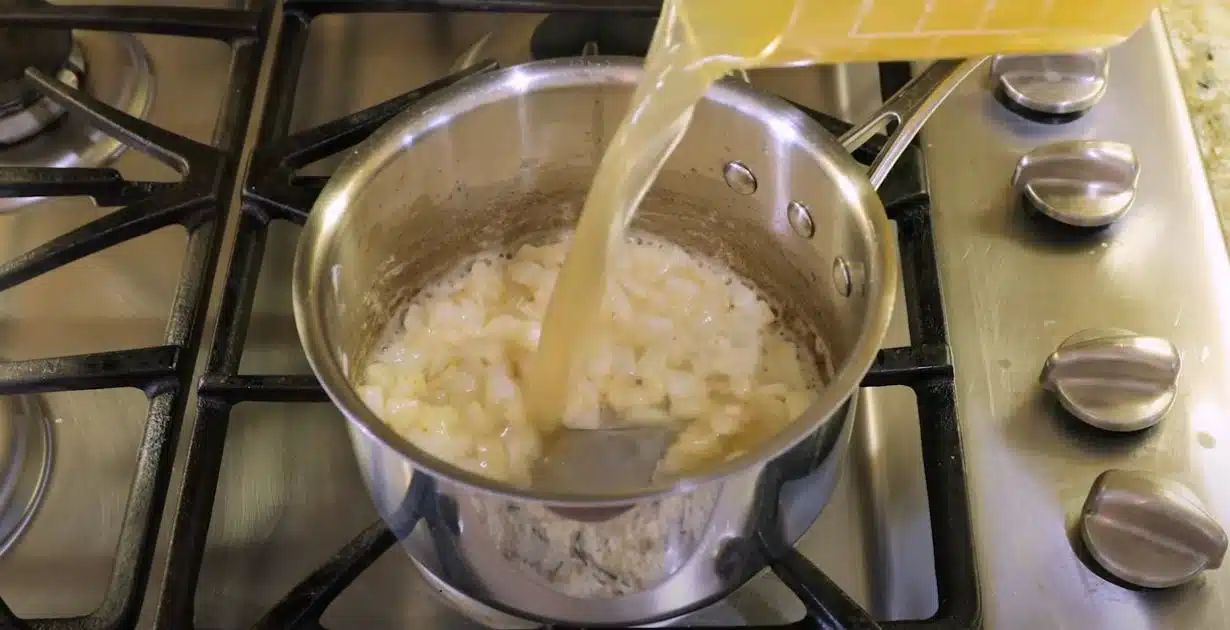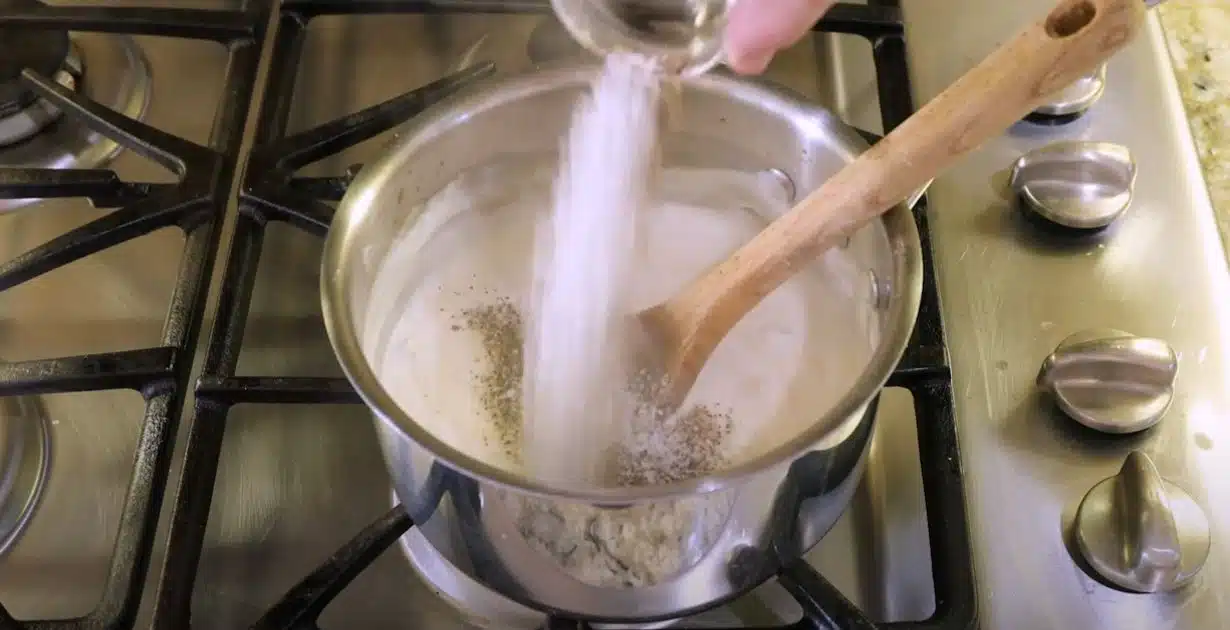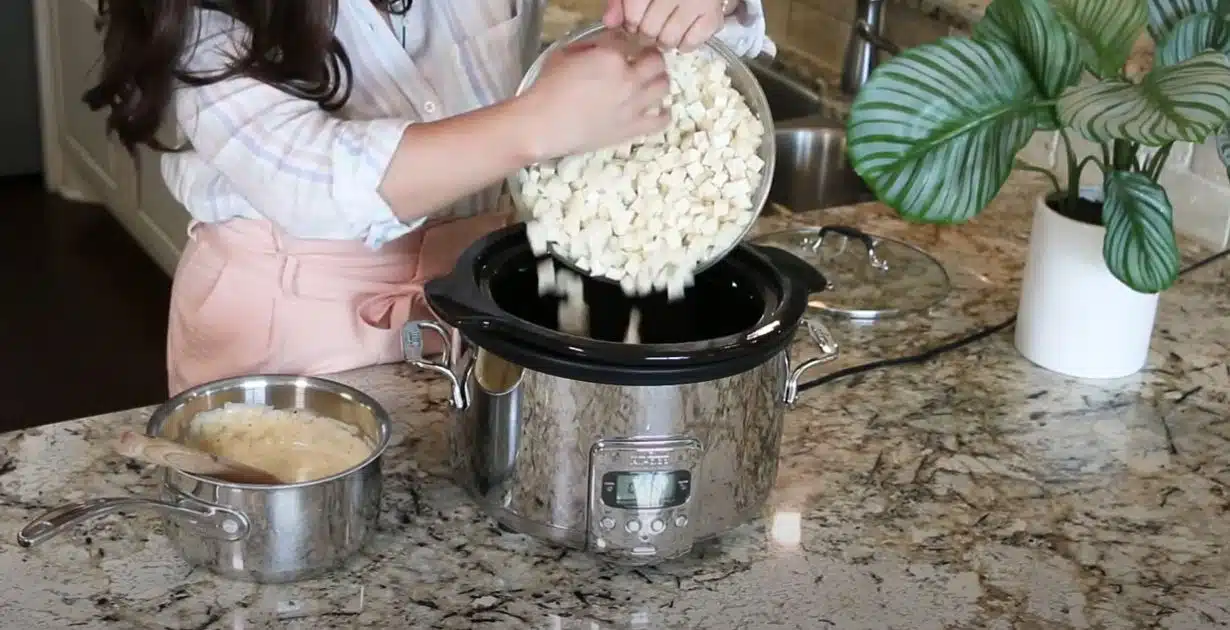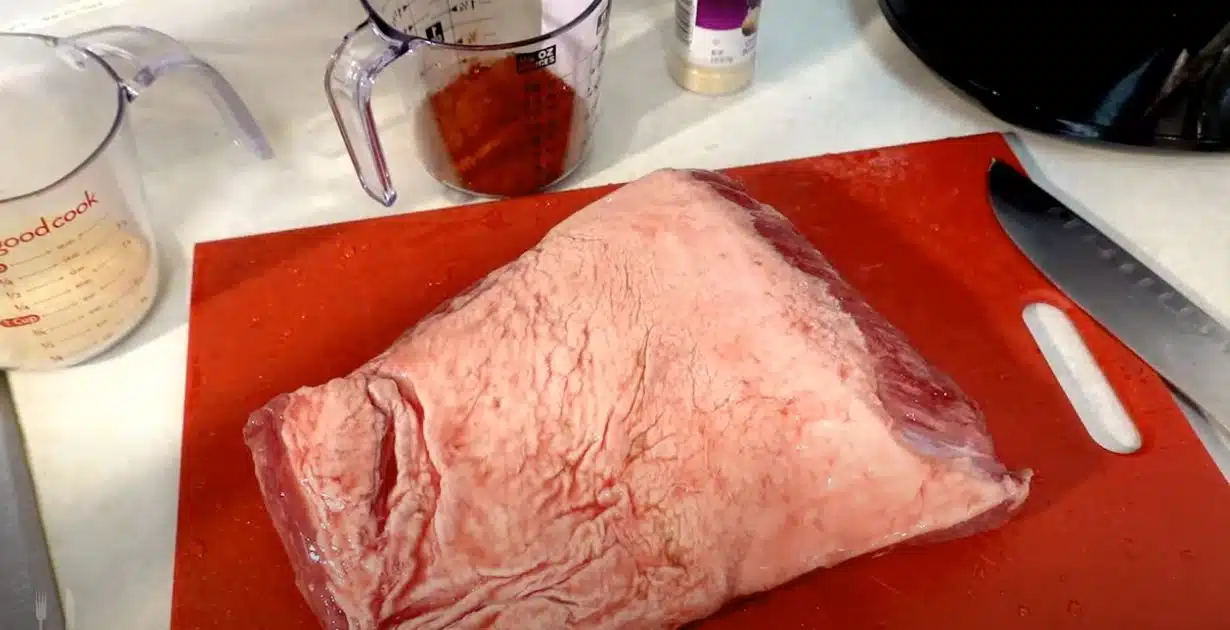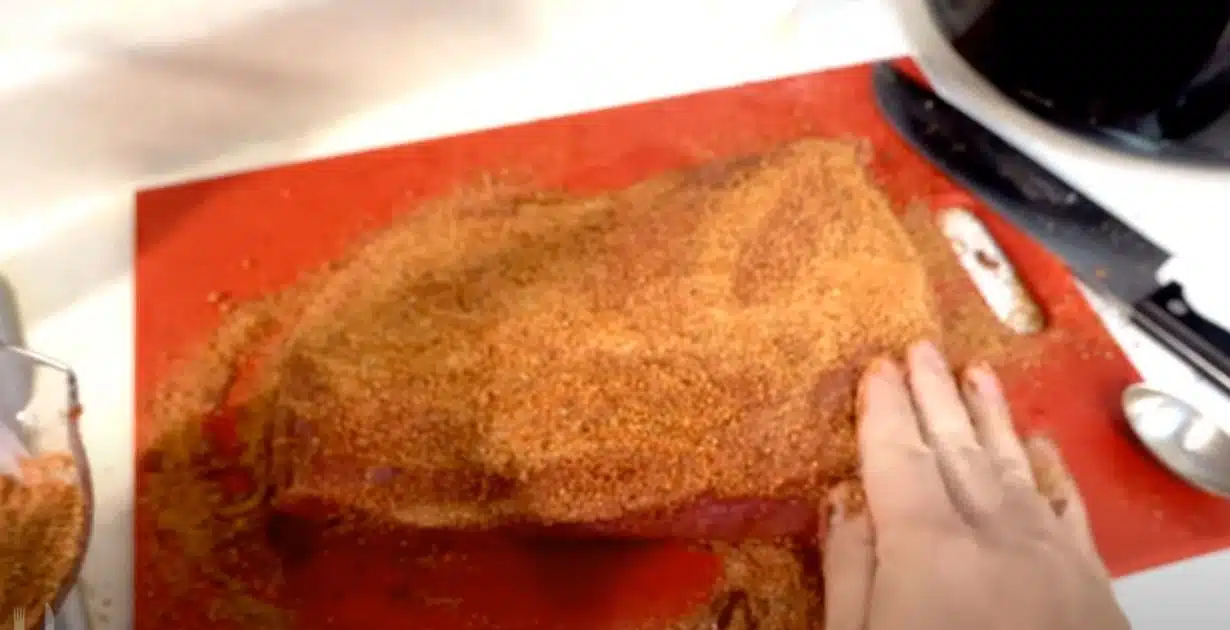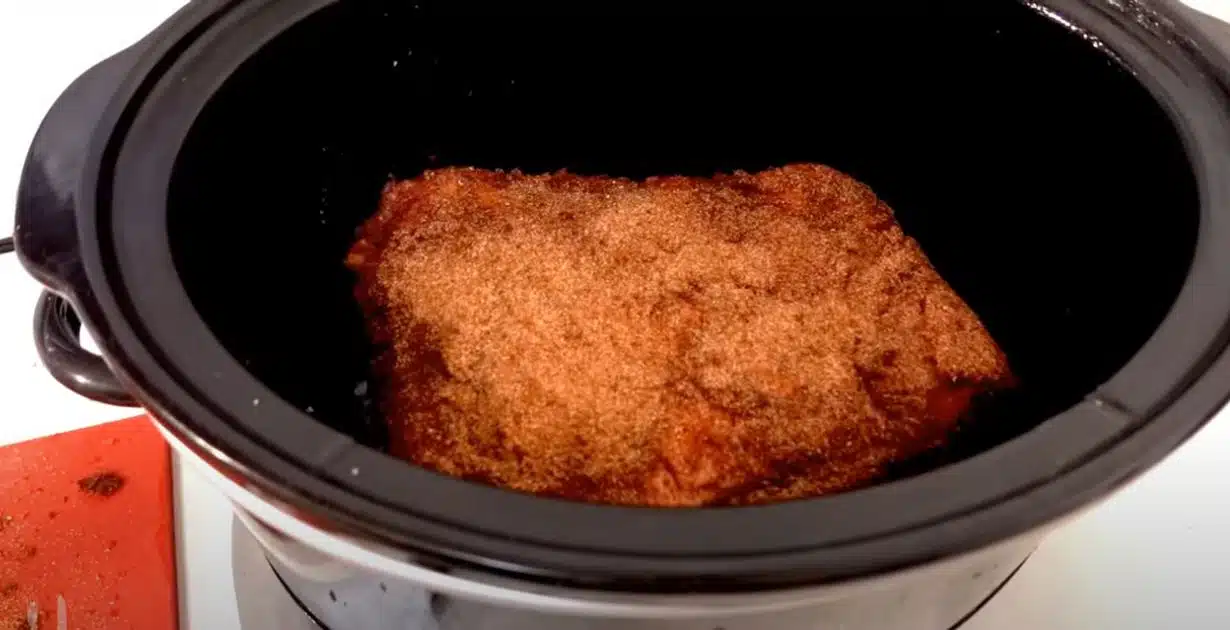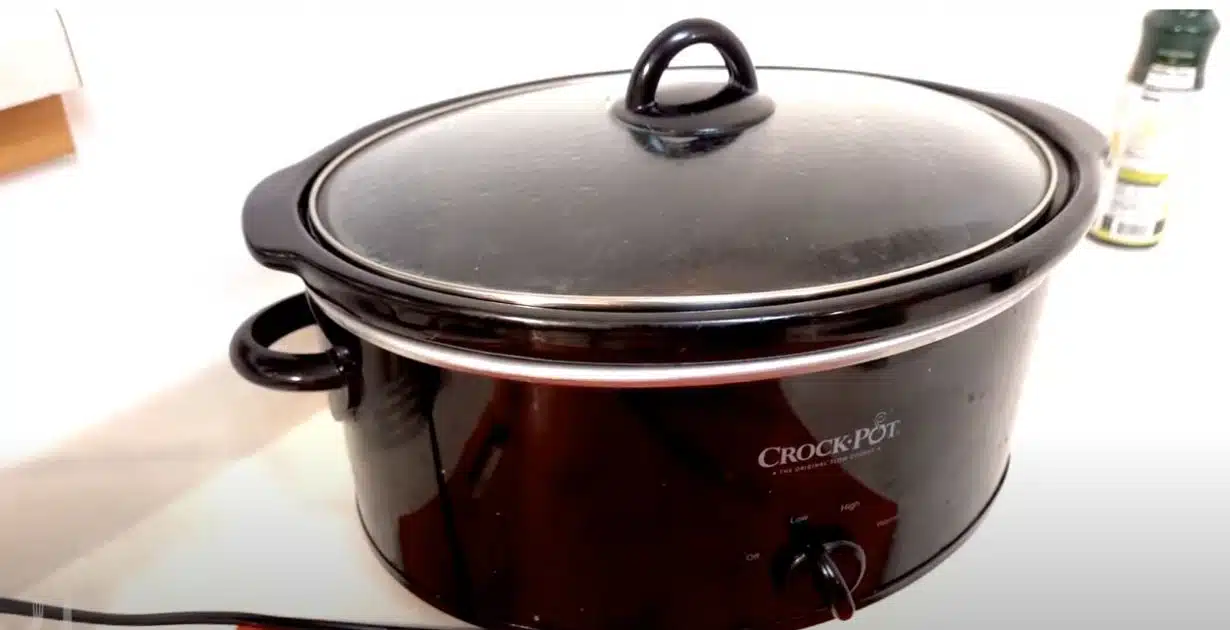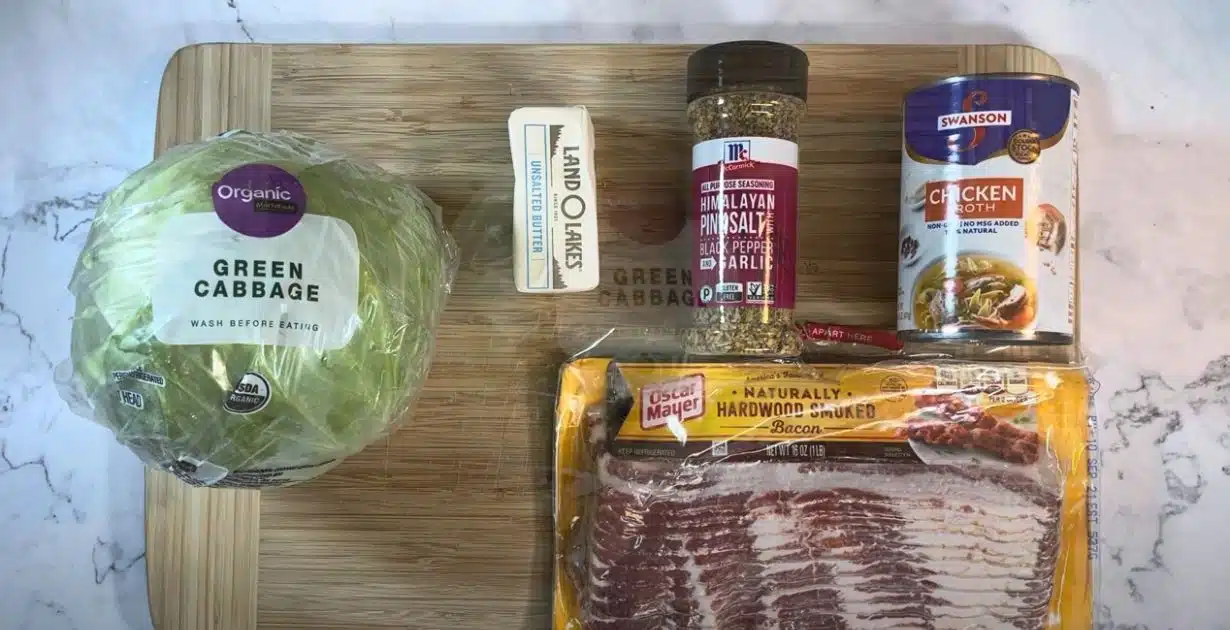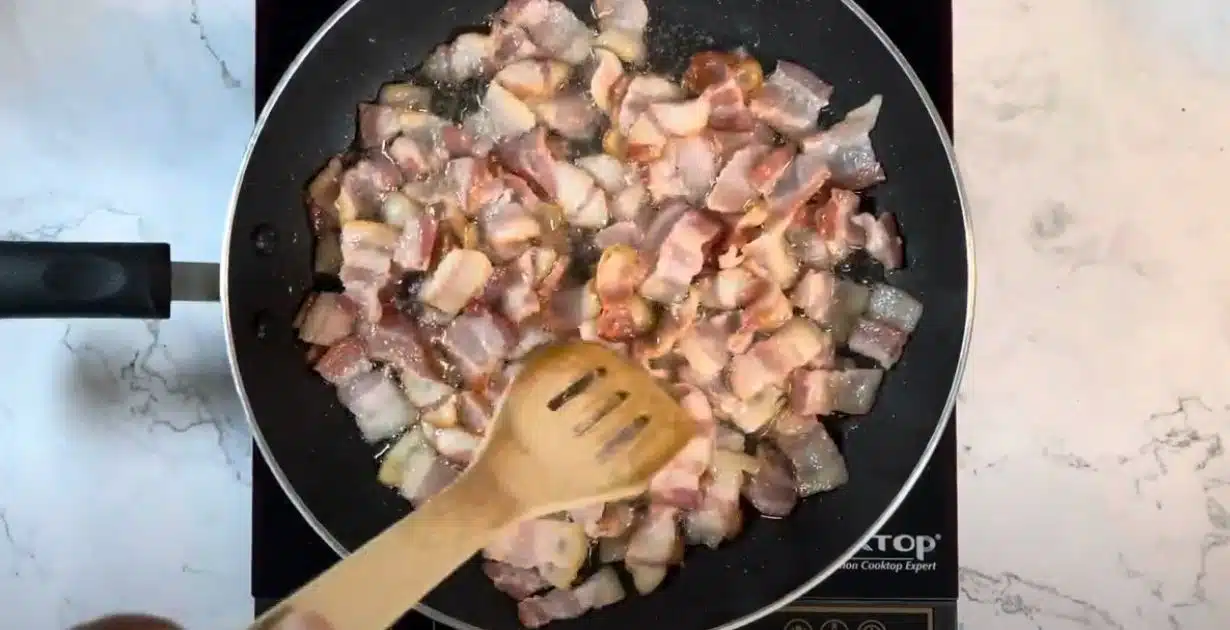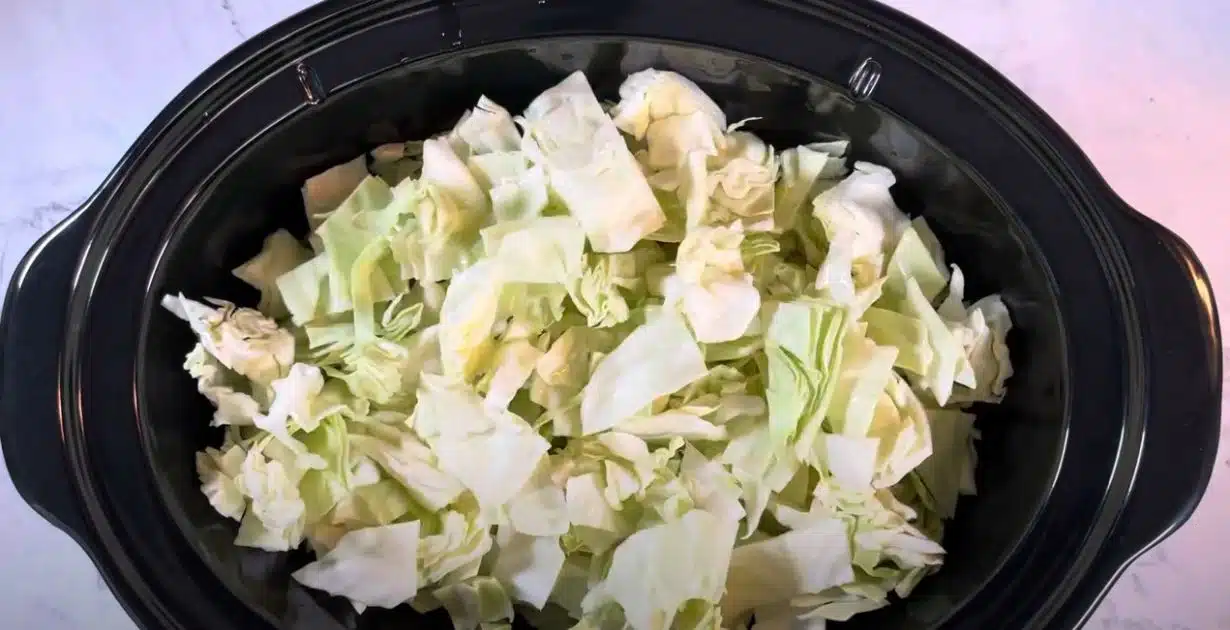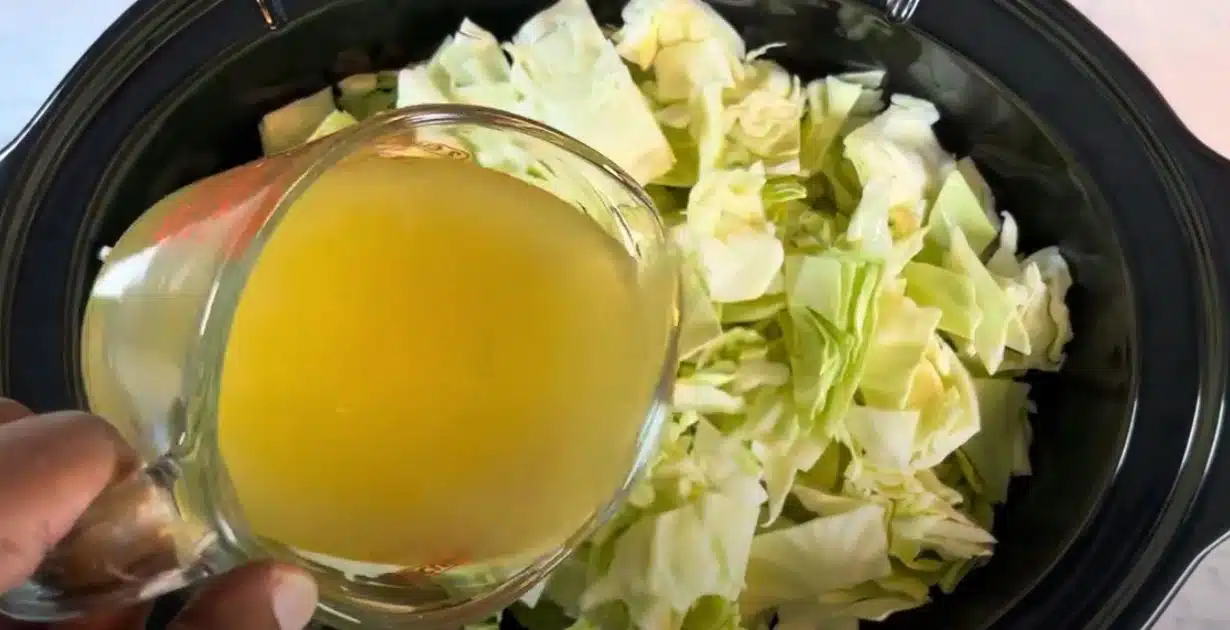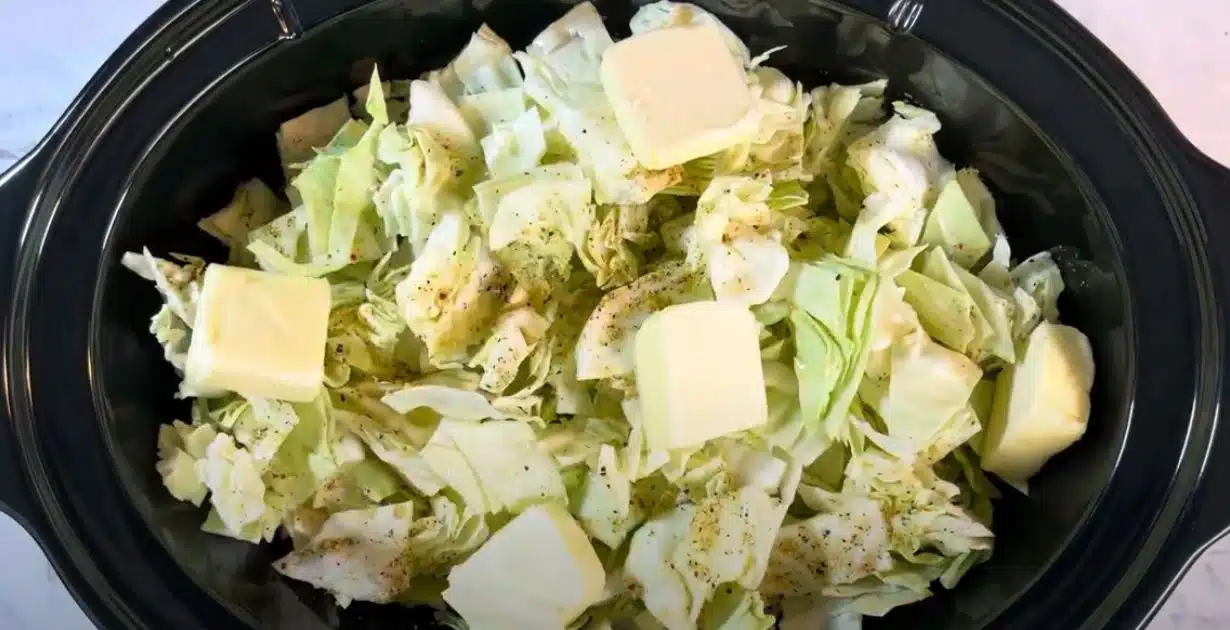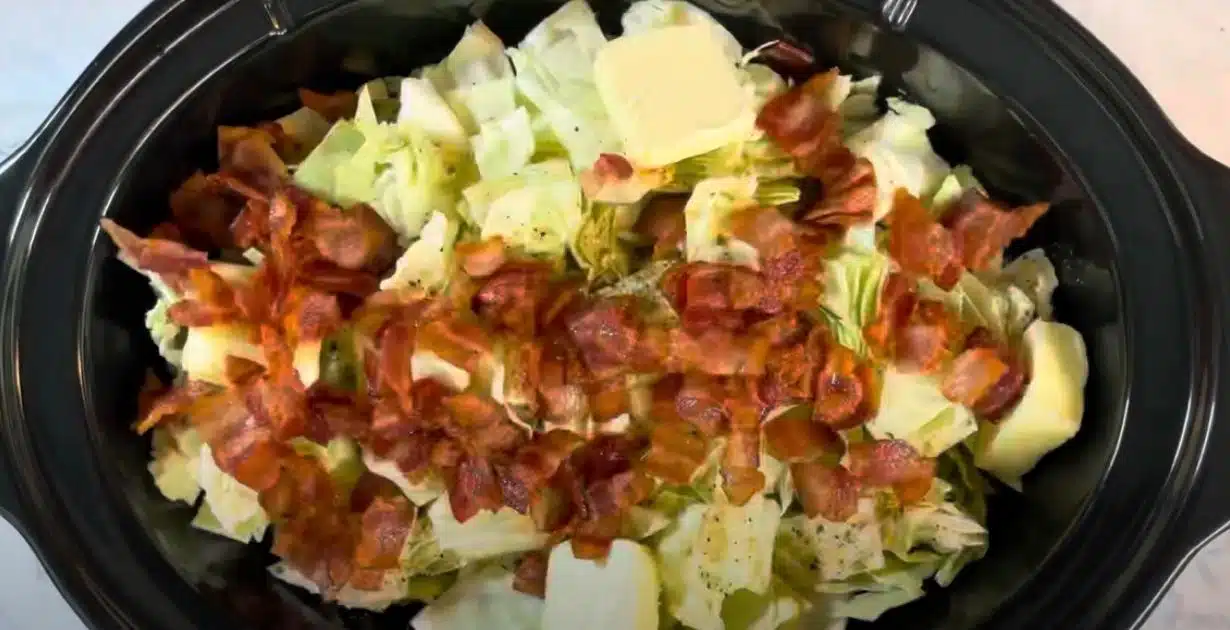Cooking brown rice in a rice cooker is super easy once you know the right technique. When I first switched from white rice to brown rice, I didn’t realize it needed more water and a bit more time. Once I figured that out, my rice cooker made perfect, healthy rice every time. In fact, now I use it for most of my meals, especially when I’m in a rush. It’s been a game changer! If you’re new to brown rice or just trying to get it right, you’ll love how effortless it becomes.
Why Brown Rice is Healthy
Brown rice is a whole grain, which means it retains all of its healthy parts, unlike white rice. It’s packed with fiber, vitamins, and minerals that support digestion, heart health, and blood sugar. I personally love its nutty taste and chewy texture—it adds such heartiness to dishes. I use it often in stir-fries and grain bowls. In fact, when I started incorporating more whole grains into my diet, brown rice was one of my top choices because of its many health benefits. It’s definitely a staple in my kitchen now.
How to Cook Brown Rice in a Rice Cooker
Ingredients
2 cups brown rice, use the electric rice cooker cup
1 teaspoon salt or per your taste
1~2 tablespoons of oil. I use olive oil or per your taste
Water up to level 2 1/4
Steps
Wash the rice well, drain, and put it in the machine.
Add salt, oil and water and mix well.
Cover and plug the wire.
Presses on the cooking and walks away and leaves it alone to cook.
When the rice is ready, the device turns off by itself and turns on the keep warm feature.
Leave covered on the warm setting for 5~10 minutes, then fluff with a fork and serve.
Note:
-The first try with a new type of rice is always an experiment, and since rice varies from one place to another, so in the case of the rice that is still a little firm, sprinkle it with a little more water and press the cooking feature again, and then you will adjust the amount of water.
-You can add spices, herbs, vegetables and meat to this basic brown rice.
Types of Brown Rice
- Short-Grain: Soft and sticky, it’s perfect for sushi or bowls. It takes about 50-60 minutes to cook.
- Medium-Grain: Less sticky but still chewy, making it great for risotto. This type cooks in 45-50 minutes.
- Long-Grain: Light and fluffy, with separate grains. It’s ideal for salads or stir-fries and cooks in about 40-45 minutes.
Fixing Common Problems
- Rice too hard? Add more water and cook for 5-10 minutes longer. I’ve had this happen when I didn’t use enough water initially. A little extra time usually does the trick.
- Rice too mushy? Try using less water next time or skip the soaking step. I once made it too mushy, so I started skipping the soak to avoid that issue.
- Rice sticks? Grease the pot or let the rice rest after cooking. I found this to be a simple fix after struggling with rice sticking to the pot in my early attempts.
Make Brown Rice Tastier
- Use Broth: Swap water for broth for extra flavor. I started using chicken broth instead of water, and it really adds a nice depth of taste.
- Add Aromatics: Toss in garlic, a bay leaf, or cinnamon for added flavor. I tried adding garlic once, and it really boosted the dish’s aroma!
- Season After: Add herbs, lemon juice, or sesame oil after cooking. I love drizzling sesame oil on top for an extra layer of flavor.
- Add Veggies: Throw in carrots, peas, or onions for a one-pot meal. I sometimes toss in frozen peas, and it makes the meal so much more filling.
Storing and Reheating
- Store: Keep the rice in an airtight container in the fridge for up to 4 days. I often cook extra to have leftovers for quick lunches.
- Reheat: When reheating, add a little water before microwaving. Heat in 30-second bursts, stirring each time. This ensures it doesn’t dry out, which I learned after a few reheating mistakes.
- Freeze: Freeze cooked rice in bags for up to 3 months. Thaw in the fridge or reheat from frozen. I like to freeze portions of rice to save time on busy days.
By following these simple steps, you’ll be able to make delicious, healthy brown rice every time. It’s been a total game changer for me, and I’m sure it will be for you too!
Wrapping Up
Cooking brown rice in a rice cooker is a Breakthrough. The process is simple, hands-free, and ensures consistently great results. Whether you enjoy brown rice as a side dish, in grain bowls, or as part of a hearty stir-fry, your rice cooker makes the process effortless.
Have you tried making brown rice in your rice cooker? Share your experience in the comments below, and check out our other guides for more rice cooker recipes!

